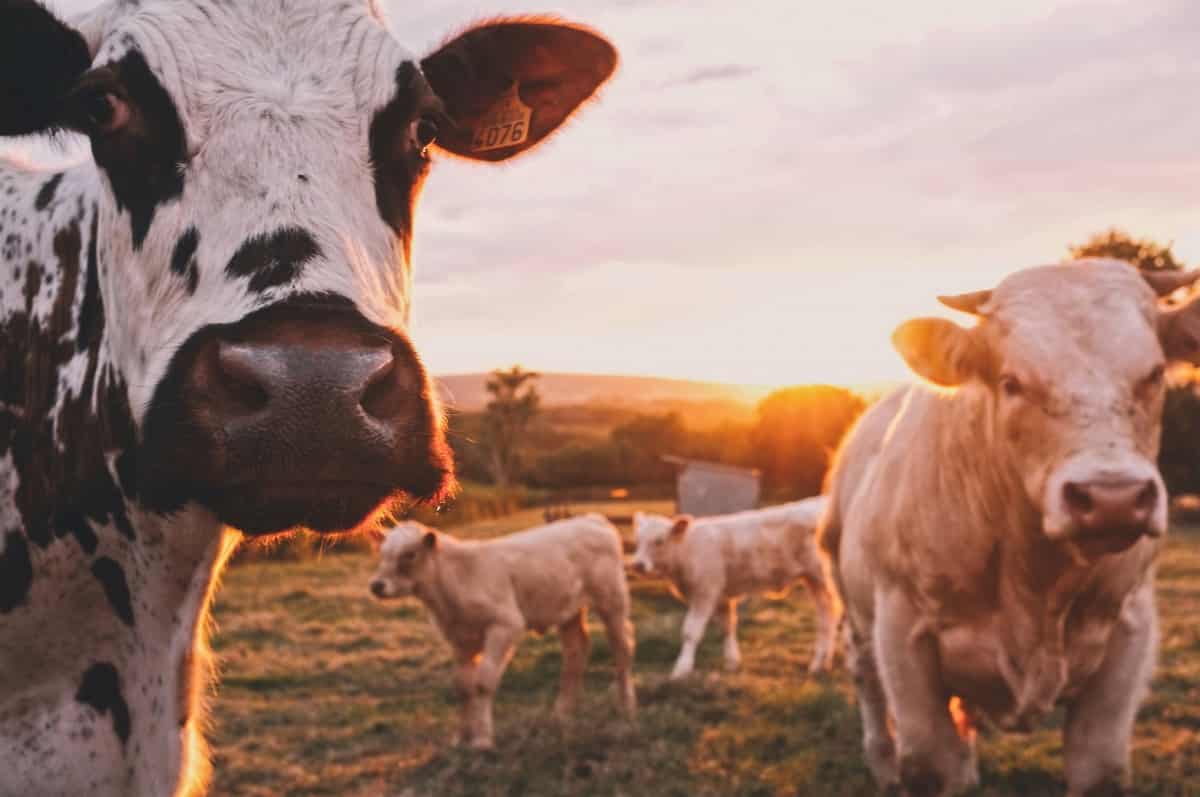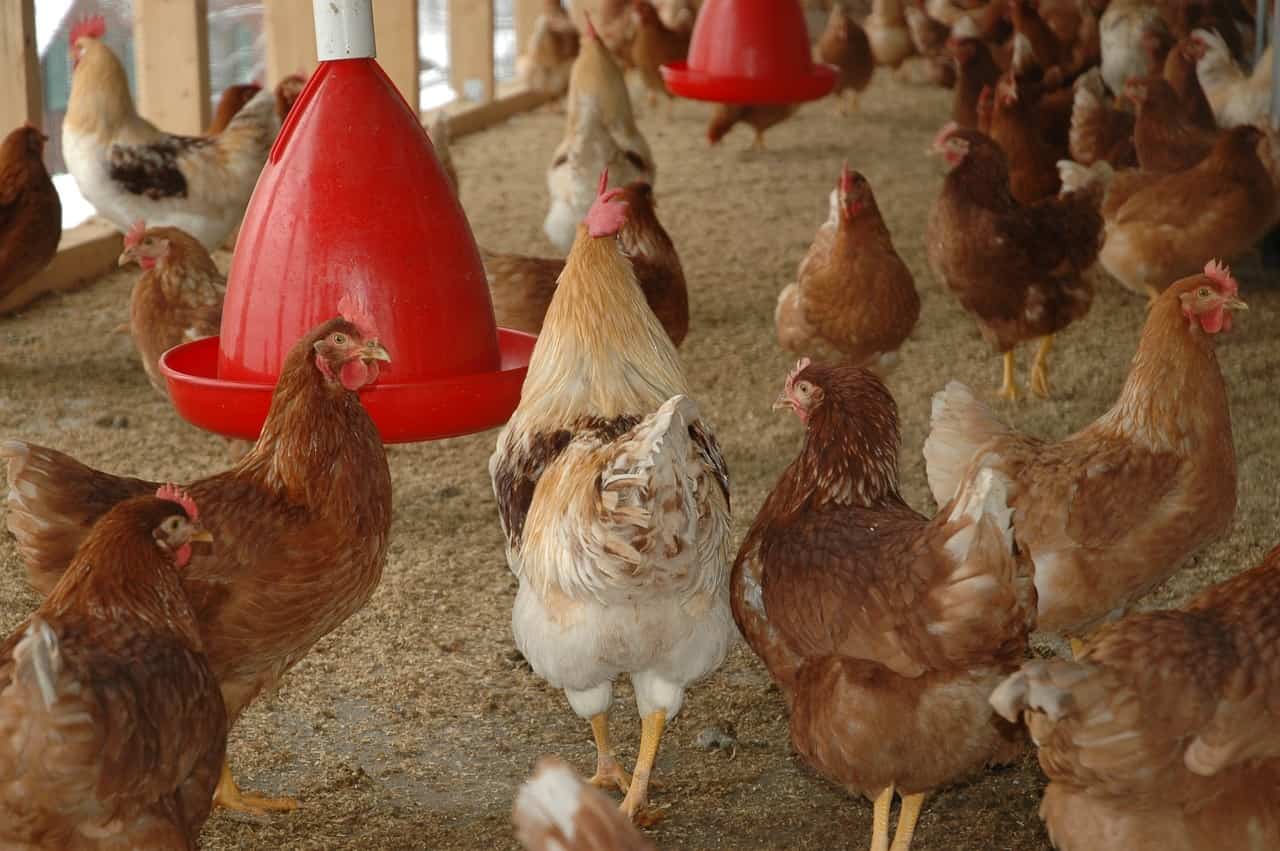
Claw diseases of cows should not be considered in isolation, but indicate deficiencies in husbandry, feeding and hygiene. The project Klauen-Q-Wohl aims to highlight these multifactorial causes by systematically collecting and evaluating data.
The disease of claws and limbs is one of the most frequent causes of dispatch of dairy cows. In 2018, around eight percent of the Fleckvieh and Holstein Friesian breeds in Austria were affected. Twenty percent of cows are moderately lame at least once in their lives. This is confirmed by research conducted by the Central Association of Austrian Cattle Breeders (ZAR) in Vienna. The service provider for Austrian cattle breeders contributes its expertise in data acquisition, performance testing and breeding value assessment.
Standardized Documentation
The ZAR wants to raise awareness for claw diseases and started the project Klauen-Q-Wohl. The aim of the project is the development of an Austria-wide IT infrastructure for the standardized documentation of claw diseases. With the electronic documentation, an important gap in data recording for health traits in cattle is to be closed. This is a gap that breeders are also aware of. In a survey conducted in 2012, seventy-five percent of breeders stated that hoof health was of medium to high importance. Only metabolic stability was of similar importance (source: Zuchtdata).
“A lame cow moves less, eats less and shows declining milk yield and fertility. The claw changes and diseases, which predominantly lead to lameness, are discovered in claw care and regular and complete documentation of claw care is indispensable.” Project Coordinator Marlene Suntinger
The best preventive measure is claw care. Done once a year, this can significantly reduce the number of claw defects. In the cow claw score of klauenmanager.eu, the rate of claw defects dropped from sixty-five percent to single digits within five years.
Klauen-Q-Wohl should have more than just a preventive effect: it should also have a sustainable effect and make it possible to control herd management and breeding.
Multifactoral Causes
A new feature of the ZAR approach is its focus on animal welfare. Hoof diseases should not be considered in isolation, but indicate deficiencies in husbandry, feeding and hygiene. These multifactorial causes of hoof diseases are to be demonstrated with the systematic collection and evaluation of data. The development of the system is based on measures to improve hoof health and a checklist to identify potential influence or risk factors on animal welfare and recommendations for improvement measures. The reference framework is formed by the standards laid down by the international non-governmental organization ICAR 2015 in the Atlas of Foot Health.
Claw Care
The Association of Austrian Hoof Trimmers (AÖK) is an important cooperation partner in the Klauen-Q-Wohl project. It is the hoof trimmers who are to enter the data in the course of their work and – with the farmer’s consent – transmit it to the central cattle database.
The hoof trimmer uses the claw care protocol on site as a basis for advice. As soon as the hoof trimmer has transmitted the data, the farmer can view them at any time on the smartphone or personal computer.
Data collection will initially be tested on five agricultural holdings. Later, a practical test will be carried out on about twenty farms.
Herd Management
The data provides the farmer with an overview of the hoof health of his herd. It shows the claw defects that occur on the farm, how many animals are affected and how hoof health develops over time. Each claw finding – combined with external factors – allows conclusions to be drawn about the causes of the development.
Breeding Strategies
For a sustainable improvement of hoof health, the data obtained from hoof care must also be taken into account in breeding. A corresponding data basis is to be established in the project. On the basis of hoof health breeding values, bulls whose daughters show increased hoof problems can be specifically excluded from breeding.
In Denmark, hoof care data is already being used for breeding.
Project Partners
Operational partners are AÖK, the certification body LKV Austria GmbH, the provincial inspection associations of Kärnten and Vorarlberg, SEG Informationstechnik, the Austrian Chamber of Agriculture and the Animal Health Service (TDG). Research partners are the University of Veterinary Medicine Vienna, University of Natural Resources and Applied Life Sciences.
The project was supported by the Federal Ministry for Sustainability and Tourism, the European Agricultural Fund for Rural Development and LE 14-20 Development for Rural Areas. The leader of the consortium is Dr. Christa-Egger-Danner, who also led the ICAR project Atlas of Claw Health.
About the Central Working Group of Austrian Cattle Breeders (ZAR)
The service provider for domestic cattle farmers contributes its expertise in data acquisition, performance testing and breeding value assessment. The implementation of the research is carried out by state control associations and breeding associations – the coordination by the ZAR subsidiary ZuchtData. Since 2008, the ZAR has also been involved in education. Target groups are the established functionaries and the broad breeders as well as young breeders and animal breeding teachers in the agricultural technical and secondary schools.
Also Interesting:
Yeast as an Alternative Protein Source for Animal Feed
Animal Feed from Insects Enables Environmentally Friendly Livestock Farming







